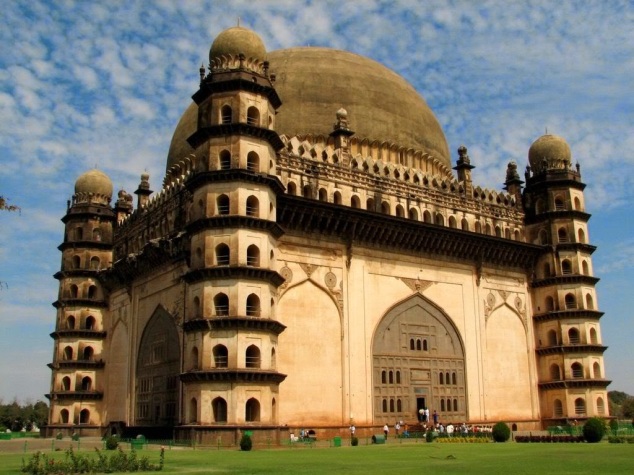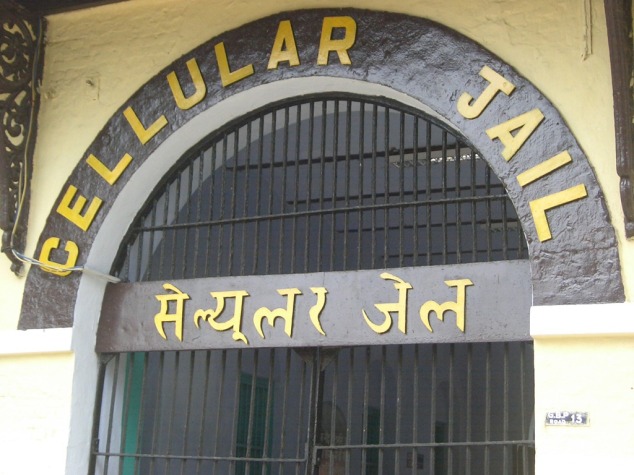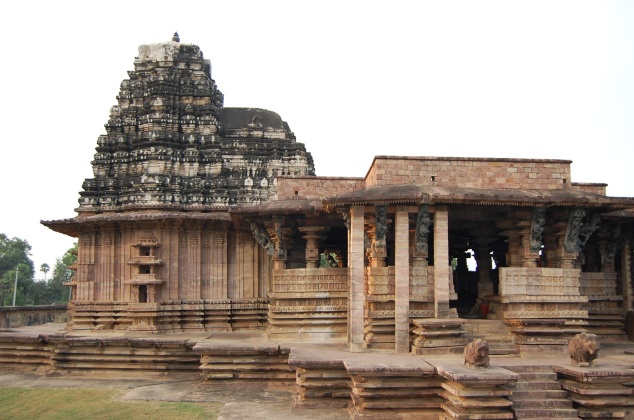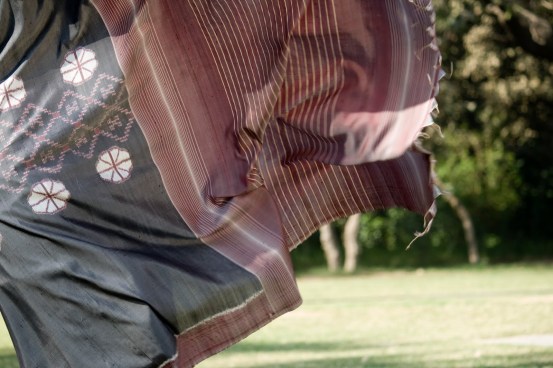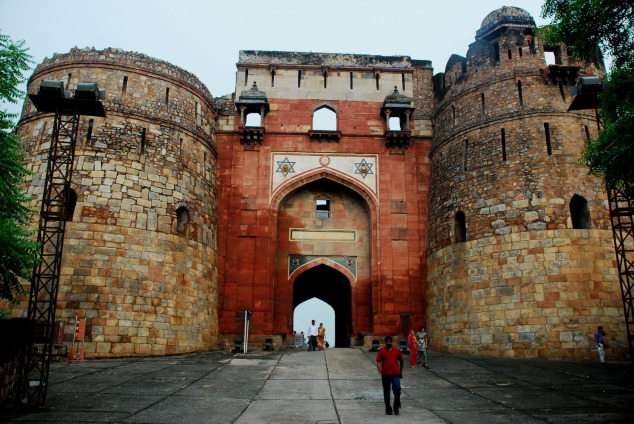In 1972, the General Conference of UNESCO adopted a resolution for a ‘Convention concerning the protection of the World Cultural and Natural Heritage’. The main objectives of the convention were to define the World Heritage in both cultural and natural aspects; to enlist sites and monuments from the member countries which are of exceptional interest and universal value; the protection of which is the concern of all mankind; and to promote co-operation among all Nations and people to contribute for the protection of these universal treasures intact for future generations.
Here are the sites which are recommended for UNESCO world heritage sites:
1. Monuments and Forts of the Deccan Sultanate
The ‘Monuments of the Deccan Sultanate’ is a serial property comprising of four component constitute the most representative, most authentic and best conserved examples of Deccani Sultanate monuments in India. The series demonstrates the exemplary convergence of national and international styles of Islamic architecture and their intersections with the prevalent Hindu architecture of the period southern Indian in present day Karnataka and Andhra Pradesh,
The contributions of Deccan Sultanate to the arts and architecture of India is impressive with iconic Indo Islamic monuments constructed in Gulbarga, Bidar, Bijapur and Hyderabad. These sites emerged as important medieval fortifications and walled cities of the Deccan Sultanates with a vigorous new architectural style of the sultanate that emerged from encounters with the Deccan Hindu heartland of the period.
2. Cellular Jail, Andaman Islands (2014)
Cellular Jail, Andaman Islands
The Cellular Jail, also known as Kala Pani (Black Water), was a colonial prison situated in the Andaman and Nicobar Islands, India. The prison was used by the British especially to exile political prisoners to the remote archipelago. Many notable dissidents such as Batukeshwar Dutt and Veer Savarkar, among others, were imprisoned here during the struggle for India’s independence. Today, the complex serves as a national memorial monument.
3. The Glorious Kakatiya Temples and Gateways
Centuries old Kakatiya temples in Warangal are likely to make into UNESCO’s world heritage list if official indications are anything to go by. If everything falls in place, these temples that stand testimony to the old glory of a dynasty rule will get the UNESCO tag much ahead of many others in the state.
S S Rangacharyulu, special officer, Archaeology & Museums Department, says, “The Kakatiya temples deserve to be on the world heritage list and the temples are getting their due attention after the formation of the new government. In 2012, several encroachments were removed in front of the Thousand Pillar Temple and all actions are being taken to see that it is in compliance with the UNESCO rules. One hopes that the Kakatiya temples get the world heritage status.”
4. Iconic Saree Weaving Clusters of India
The saree is undoubtedly distinguishable as the Indian woman’s traditional attire and is essentially a valuable Indian contribution to the world’s cultural heritage and diversity. Rooted in history and maintaining continuity as a contemporary garment, the saree survives as living traditional clothing.
Traced to the Vedic civilization, evolving with cross-cultural influences of trade, confluences of techniques and patterns, the saree still has innovations in its production processes.
The houses of craftsmen are example of vernacular architecture, where the architecture has evolved over a large span of time. The Plan of a weaver’s house developed from the livelihood needs of the inhabitants. It focuses on the tangible elements of saree weaving clusters irrespective of the popularity of the saree. This pan-India serial comprises of sites from five Indian states such as Madhya Pradesh (Chanderi, Ashok Nagar District), Uttar Pradesh (Banaras, Feeder town Mubarakpur), Maharashtra (Paithan, Yeola), Andhra Pradesh (Koyyalagudem, Pochampalli) and Assam (Sualkuchi).
5. Sites along the Badshahi Marg – The Grand Trunk Road
Grand Trunk Road in the Indian subcontinent was historically known as the Imperial Highway in the medieval period. It has been a dynamic site for the emergence and fusion of indigenous and foreign social, political, economic and cultural practices. The Grand Trunk Road connected Kabul (Afghanistan) to Sonargaon (Bangladesh) in the medieval period of India. The road had a few forerunners that were constructed during the Mauryan and Kushan empires.
Few sites include Gateways of Old Sarai, Tomb of Muhammad Momin and Haji Jamal, Red Fort, Purana Qila, Humayun’s Tomb, Tomb of Shamsher Khan, Tomb of Hasan Shah Suri and many more.
Let’s pledge to save our sites and be proud of the rich heritage and culture we have.
Follow us to know more about the heritage sites which were recommended for the addition in UNESCO world heritage sites in 2014.

